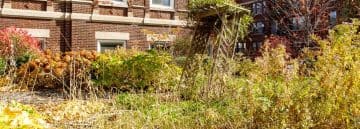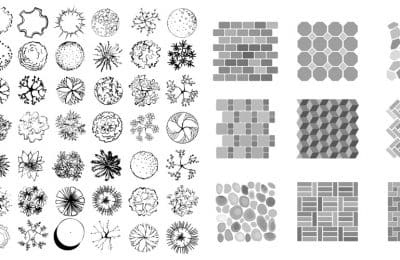R2102 PLANT NUTRITION AND THE ROOT ENVIRONMENT Level 2 – Monday 27 November 2011
Q.2. State what is meant by the following terms:
‘primary cultivation’;
‘secondary cultivation’.
Complete the table below by:
stating the season when EACH technique is carried out;
describing ONE negative effect of carrying out EACH technique at the wrong time of year.
Technique
Season Negative effect
Sample Answers:
State what is meant by the following terms:
‘primary cultivation’;
Primary cultivation involves operations, which cut and shatter the soil with relatively deep penetrating tools (15 cm to 75 cm) and leave a rough surface texture. It may include digging and preparation of the soil. It may include single or double digging, ploughing or rotavating. During primary cultivation, the soil is inverted. Primary cultivation can be used to aerate the soil, incorporate organic matter, bury weeds and crop wastes, expose pests and allow weathering.
‘secondary cultivation’.
Secondary cultivation involves operations that work, level, and firm the top 5 cm to 15 cm of soil. Secondary cultivation is often carried out to produce a fine seedbed or planting bed, ready for sowing seed or planting. It usually involves actions such as hoeing, raking, levelling, consolidation, fertilising and mulching.
Complete the table below by:
stating the season when EACH technique is carried out;
describing ONE negative effect of carrying out EACH technique at the wrong time of year.
Season
Negative effect
Primary Cultivation
Season – late autumn/winter or early spring
Negative Effects – Primary cultivation should not be carried out when the soil is waterlogged or frozen, as this can damage the structure of the soil. Primary cultivation in late spring or summer can lead to excessive moisture loss.
Secondary Cultivation
Season – spring or summer or autumn
Negative Effect – secondary cultivation at the wrong time (for instance, during winter, when heavy rain or snow showers are possible, or when the soil is frozen) can damage the soil structure or cause the surface tilth to collapse resulting in the formation of a ‘cap’.
Examiners’ Comments:
“a)i) Those candidates who were able to include key words e.g. initial, invert, single or double digging or rough rotavating were awarded full marks.
a)ii) The best answers stated that secondary cultivation is the preparation of the soil for planting or sowing and that the soil is not inverted. It is a type of surface cultivation where an even/uniform tilth is required.
b) Most candidates were able to specify the correct season when each technique is carried out i.e. late autumn/winter or early spring for primary cultivation and spring or summer or autumn or during the growing season for secondary cultivation.
Negative effects for primary cultivation included loss of soil moisture and collapse of surface tilth resulting in the formation of a ‘cap’ for secondary cultivation. It was important for candidates to relate the negative effect to the soil for full marks.”


